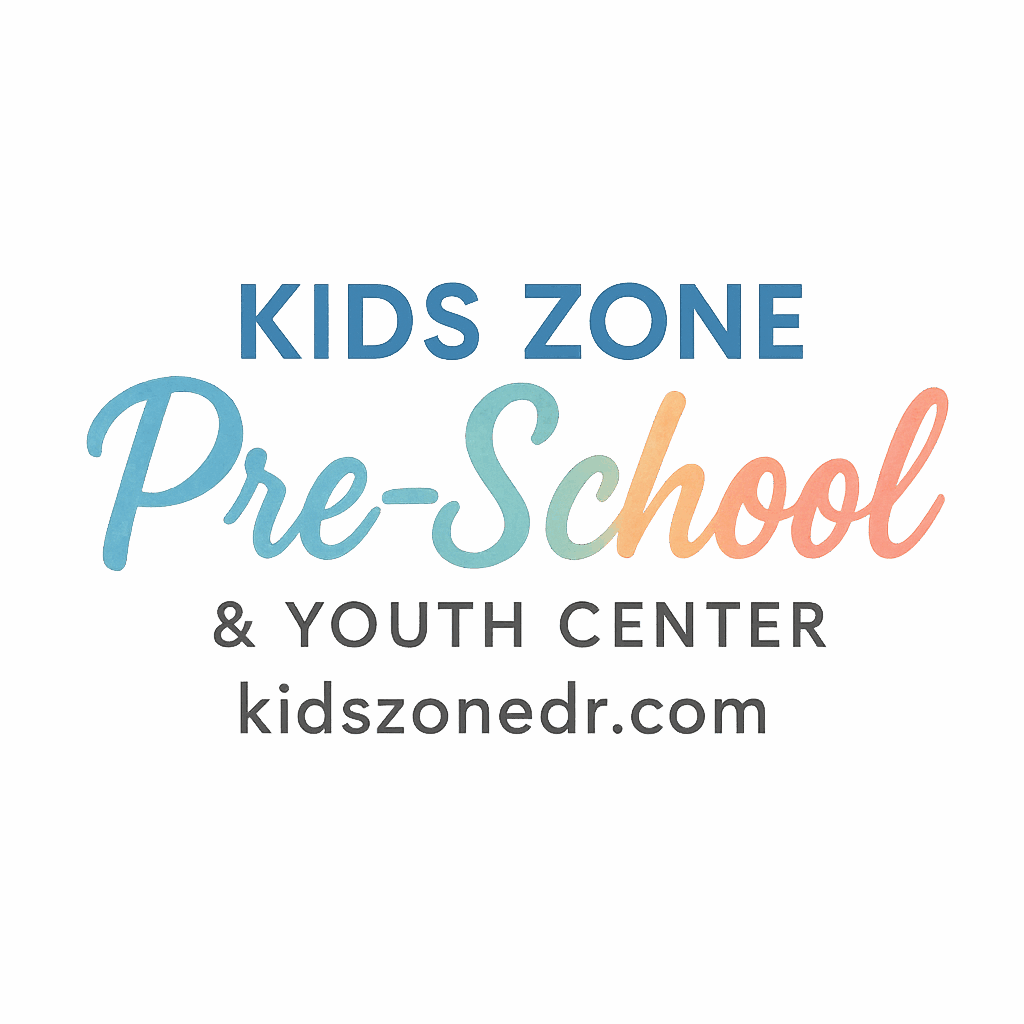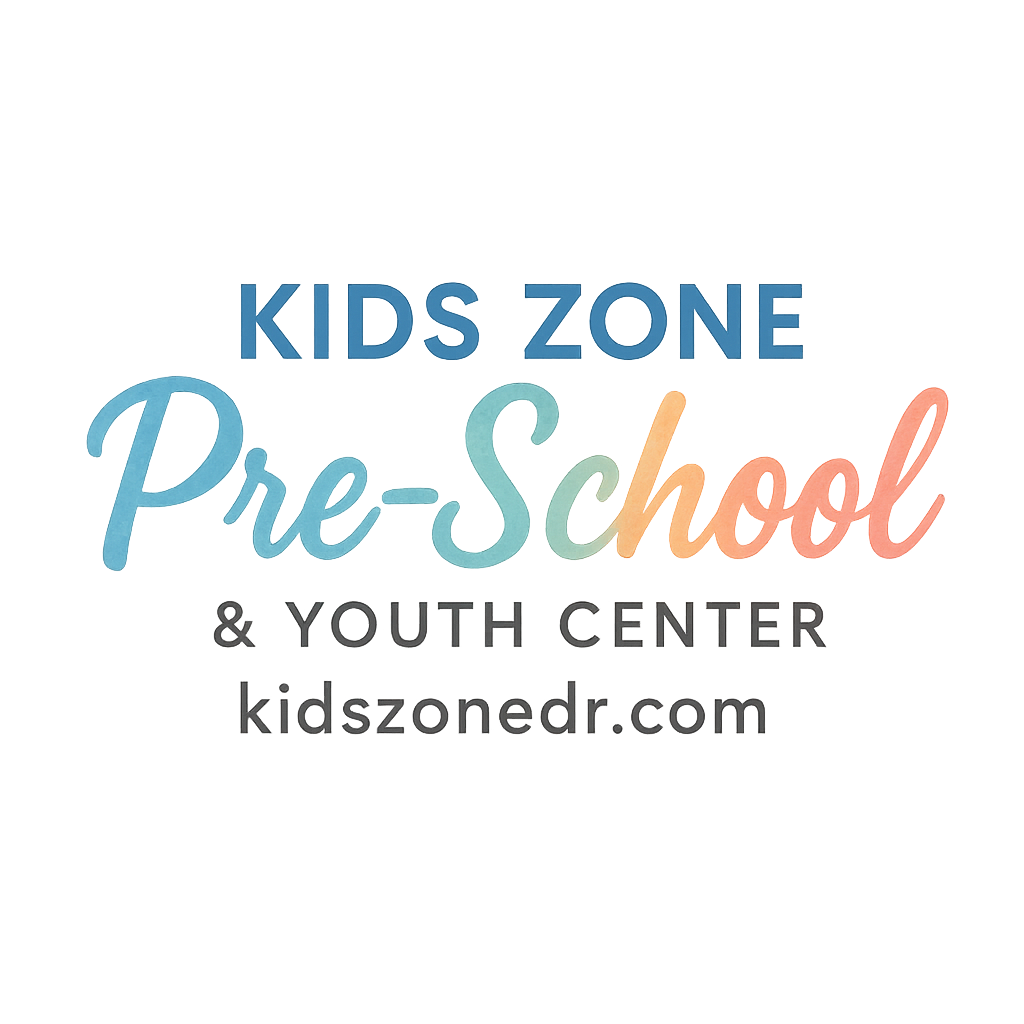Creating a reading corner at home is one of the simplest yet most powerful ways to spark a lifelong love of books in children. Whether you’re setting up a cozy nook in your living room or transforming a corner of your child’s bedroom, reading spaces give preschoolers and young learners a safe, inspiring place to explore stories, build confidence, and grow academically.
In this guide, we’ll walk through 7 preschool & youth center reading corners for home—practical, creative, and engaging ideas that fit different spaces and family lifestyles.
Why Reading Corners Matter for Preschoolers
Reading corners aren’t just cute Pinterest-worthy ideas. They serve an important developmental role in early childhood education.
Building Early Literacy Skills
When children have a designated place to read, they naturally gravitate toward books more often. This helps improve vocabulary, storytelling skills, and overall learning development. According to child development research, kids who engage in daily reading activities are more prepared for preschool learning milestones (see more here).
Creating a Calm and Focused Space
Life can be full of distractions—TVs, toys, and digital screens. A reading corner offers a quiet retreat where kids can focus. Think of it as a mini-library that nurtures attention span and mindfulness, important for both academic growth and emotional wellness (explore wellness tips).
Key Features of a Great Reading Corner
Before jumping into the ideas, let’s highlight what makes a reading nook truly effective.
Comfort and Accessibility
Soft seating—like beanbags, cushions, or small chairs—helps kids stay comfortable. Make sure shelves are low and books are within reach, encouraging independence.
Lighting and Atmosphere
Natural light is best, but warm lamps work too. The right lighting creates a welcoming and safe environment for kids.
Bookshelves and Book Variety
Rotate books frequently to keep kids curious. Include picture books, simple readers, and even sensory books. If your child attends preschool, mirror the themes they’re learning (check daily routines here).
Safety Considerations
Since young kids will be using the space often, avoid sharp edges, unstable furniture, and anything heavy that could topple over (read more on safety in preschool).
7 Inspiring Reading Corner Ideas for Home
Now, let’s dive into seven creative and practical setups you can try.
1. Cozy Nook with Floor Cushions
Imagine a pile of fluffy cushions, a small rug, and a basket of books. This setup works beautifully in any corner.
Best for Small Spaces
Perfect for apartments or small bedrooms, this corner uses little space but provides maximum comfort. Add a few stuffed animals, and it instantly becomes inviting.
2. Canopy Tent Reading Corner
For kids, magic is in the little things—a canopy or play tent can turn reading into an adventure.
Adding Magic and Imagination
Hang fairy lights inside, and suddenly, your child has a secret world for reading. It feels like a youth center-style setup but right at home.
3. Window Seat Book Haven
If you have a window seat, transform it into a reading corner with cushions, a blanket, and shelves nearby.
Using Natural Light
Sunlight naturally boosts mood and focus. This spot makes reading feel special, like sitting in a mini-library.

4. Montessori-Inspired Reading Space
Montessori classrooms emphasize independence and choice. Bring that philosophy home with open shelves and neatly displayed books.
Encouraging Independence
Children can pick and return books on their own, building responsibility and confidence (see more on confidence here).
5. Themed Reading Corner (Jungle, Ocean, Space)
Kids love themes, and transforming a corner into a mini-adventure boosts their imagination.
Boosting Engagement Through Themes
Whether it’s a jungle with leafy décor, an ocean with blue tones, or outer space with stars, kids dive deeper into stories that match their environment.
6. Minimalist Reading Corner with Open Shelves
Sometimes less is more. A clean, clutter-free corner with open shelving and just a few books works wonders.
Focusing on Simplicity and Calm
Minimalist spaces reduce overwhelm and help children focus solely on reading.
7. Family-Shared Reading Corner
Why not create a space where the whole family can read together?
Promoting Bonding and Togetherness
A larger corner with a small sofa or multiple beanbags encourages parents to join in. This builds strong family reading habits and aligns with parental involvement in early learning.
How to Choose the Right Setup for Your Child
Every child is unique, so consider these factors when designing your reading nook.
Considering Age and Interests
Toddlers may prefer low shelves and board books, while preschoolers enjoy variety. Older kids may love themed or canopy-style corners.
Matching with Home Space and Lifestyle
Your available space matters. Small homes may benefit from minimalist corners, while larger homes can dedicate full areas to themed spaces.
Tips to Encourage Daily Reading at Home
Even the best reading corner needs habits to make it successful.
Establishing a Reading Routine
Set aside 15–20 minutes daily for reading. This mirrors a preschool daily schedule and builds strong habits.
Mixing Fiction and Non-Fiction
Balance fairy tales with educational books. This expands vocabulary and world knowledge (explore kids’ growth milestones).
Using Props and Reading Aloud
Puppets, flashlights, or themed toys can bring stories to life. Reading aloud also boosts child talk and communication skills.
Linking Reading Corners with Preschool Development
A home reading space isn’t just fun—it ties directly into early childhood growth.
Confidence and Communication Skills
Reading regularly strengthens vocabulary and improves storytelling, boosting classroom confidence.
Building Healthy Habits Early
Just like healthy eating habits, daily reading fosters lifelong wellness and discipline.
Supporting Milestones in Kids’ Development
Milestones such as recognizing letters, sequencing stories, and expressing opinions often flourish in supportive reading environments.
Safety and Wellness in Home Reading Corners
Your child’s well-being should always come first.
Choosing Child-Safe Materials
Opt for non-toxic paints, stable shelves, and rounded edges. Avoid clutter that could lead to accidents.
Maintaining Clean and Hygienic Spaces
Keep cushions washable and shelves dust-free to protect children’s health (explore wellness ideas).
Conclusion
Creating a preschool-style reading corner at home doesn’t require a big budget or a massive space. Whether you choose a cozy cushion nook, a magical canopy tent, or a themed jungle corner, the goal is the same—encouraging your child to fall in love with books. These spaces not only support literacy but also nurture imagination, confidence, and family bonding.
So, are you ready to create a little book haven in your home?
FAQs
1. What age should I introduce a reading corner at home?
As early as 1–2 years old, children can benefit from a simple, cozy space with board books.
2. How many books should I keep in the reading corner?
Around 10–20 rotating books work best. Too many can feel overwhelming.
3. Can small apartments still have reading corners?
Absolutely! Even a basket of books with a floor cushion can become a functional reading space.
4. Should I include toys in the reading corner?
Limit toys to themed props or puppets related to stories—this keeps focus on reading.
5. How do I make reading corners more engaging for preschoolers?
Use themes, canopy tents, or fairy lights to spark imagination.
6. How can parents be more involved in home reading?
Join daily reading time, ask questions, and encourage discussions (learn more here).
7. Do reading corners really improve child development?
Yes! They support literacy, attention, emotional growth, and overall kids’ development.


